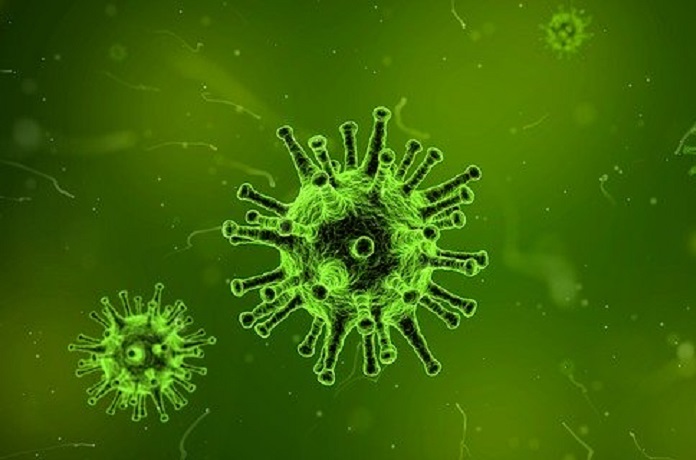Researchers recently reviewed studies that analyzed how long coronaviruses remain infectious on surfaces.
Since December 2019, the new coronavirus 2019-nCoV has been spreading and causing severe respiratory infections in humans. Some estimates suggest that on average each case of the coronavirus can infect two-and-a-half other people.
The new coronavirus, also known as 2019-nCoV, displays many of the same characteristics as the MERS (Middle East Respiratory Syndrome) and SARS (Severe Acute Respiratory Syndrome) viruses, which also belong to the coronavirus family of viruses. The 2019-nCoV coronavirus spreads by human-to-human contact via droplets, contaminated hands, and contaminated surfaces. It takes about two to ten days before its flu-like symptoms appear.
If no effective control measures are put in place, the coronavirus could spread rapidly and pose a potential global health threat. Because the 2019-nCoV coronavirus is a betacoronavirus like MERS and SARS, researchers from the Department for Molecular and Medicinal Virology at Ruhr-Universität Bochum recently reviewed the findings from 22 studies on coronaviruses and their deactivation.
How long does coronavirus live on surfaces?
One of their primary goals was to assess how long does coronavirus live on surfaces, and whether there are any effective measures that can be taken to lower the risk of infection. This information is especially valuable to healthcare providers, who face the highest risk of infection. It is also valuable to anyone who has been in close contact with someone infected with 2019-nCoV.
Lead study author Gunter Kampf explained the risk of infection to healthcare providers. “In hospitals, these can be door handles, for example, but also call buttons, bedside tables, bed frames and other objects in the direct vicinity of patients, which are often made of metal or plastic.”
The research team evaluated studies of the MERS and SARS viruses. They determined that the viruses can live on surfaces and remain infectious for up to nine days. The average survival rate was four to five days, but low temperature and high humidity increase their lifespan.
The study also evaluated different cleaning solutions at different concentrations and their effect on the lifespan of the viruses. The solutions were made from alcohol, hydrogen peroxide, bleach, benzalkonium chloride, or chlorhexidine digluconate.
The researchers found that solutions of 62-71% alcohol, 0.5% hydrogen peroxide, and 0.1% bleach were the most effective at disinfecting surfaces from the viruses. Solutions of 0.05-0.2% benzalkonium chloride and 0.02% chlorhexidine digluconate were not as effective at killing the virus on surfaces and preventing further spread of the infection.
Preventive measures can go a long way in preventing the spread of viruses, which include frequent hand washing and practicing respiratory hygiene. This study suggests that effective disinfecting of surfaces might also help to prevent the spread of this virus.
Written by Rebecca K. Blankenship, B.Sc.
References
- Kampf G, Todt D, Pfaender S, Steinmann E. Persistence of coronaviruses on inanimate surfaces and its inactivation with biocidal agents. Journal of Hospital Infection. 2020. doi:10.1016/j.jhin.2020.01.022
- Imai N, Cori A, Dorigatti I et al. Report 3: Transmissibility of 2019-nCoV. Fpmag.net. https://fpmag.net/wp-content/uploads/2020/01/Imperial-2019-nCoV-transmissibility.pdf. Published 2020. Accessed February 8, 2020.
- Zhu N, Zhang D, Wang W et al. A Novel Coronavirus from Patients with Pneumonia in China, 2019. New England Journal of Medicine. 2020. doi:10.1056/nejmoa2001017
- 2019 Novel Coronavirus (2019-nCoV) Situation Summary | CDC. Cdc.gov. https://www.cdc.gov/coronavirus/2019-nCoV/summary.html. Published 2020. Accessed February 8, 2020.
Image by Arek Socha from Pixabay



